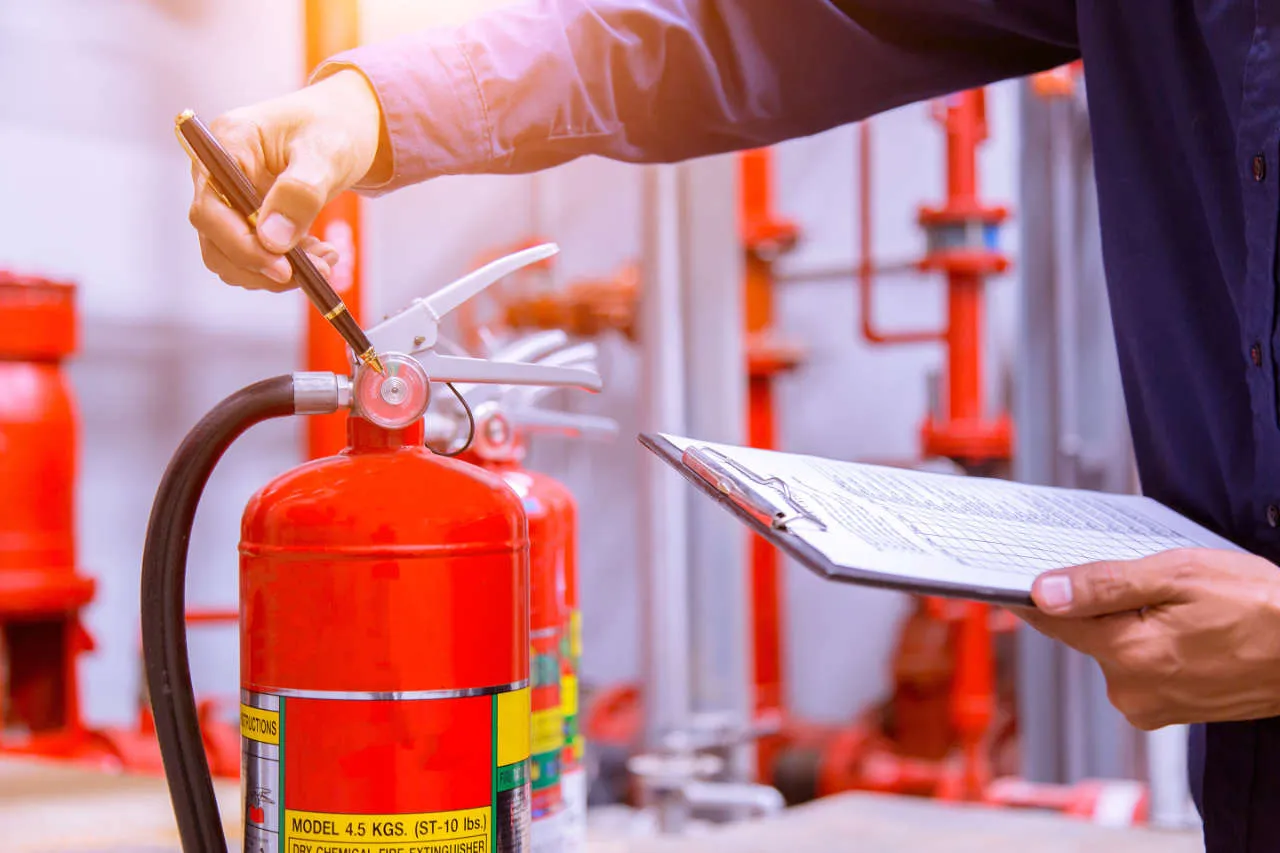Fire extinguishers are essential for ensuring safety in case of small fires. However, simply having one isn’t enough. Unlike fire alarms, which work automatically, fire extinguishers require you to know how to operate them effectively. Without that knowledge, they’re just another item taking up space. This guide will help you understand the different types of extinguishers, where to place them, and most importantly, how to use them when it counts.
What Are Extinguishers?
They’re portable safety devices filled with fire-suppressing agents. Their primary purpose is to help control small fires before they spread out of control. Think of them as your personal firefighting tool, standing by to assist in emergencies – a perfect addition to your fire safety system, next to a wireless fire alarm. But to use them effectively, you need to understand the basics.
Common Types
Not all fires are the same, and neither are fire extinguishers. Each is designed to combat specific types of fires. Here’s a quick breakdown:
- Class A: Ideal for common combustibles like wood, paper, and fabric, these are commonly used in homes and offices.
- Class B: Designed for flammable liquids like oil, gasoline, and grease, these extinguishers are often found in garages or kitchens.
- Class C: Specifically for electrical fires, such as those involving appliances or wiring.
- Class D: Used for flammable metals, these are more common in industrial settings than in homes.
- Class K: Essential in commercial kitchens, these extinguishers are tailored for cooking oils and fats.
For most households, multi-purpose extinguishers marked as ABC are the best choice since they handle a variety of fire types.
Where to Keep Them
Even the best extinguisher won’t help if it’s out of reach during an emergency. Proper placement is key.
- Kitchen: Keep an extinguisher near the exit—not too close to the stove to avoid being caught in a fire.
- Garage: Since garages often store flammable materials, they’re high-risk areas that require an extinguisher.
- Every Floor: Have at least one extinguisher on each level of your home, especially in areas like living rooms or hallways.
- Accessible Locations: Ensure extinguishers are visible and easy to grab but placed away from direct heat sources.
Using a Fire Extinguisher
Owning an extinguisher is just the first step; knowing how to use it is what matters. Follow the PASS method for effective use:
- Pull the Pin: This releases the tamper seal, preparing the extinguisher for use.
- Aim at the Base: Direct the nozzle at the base of the fire, not the flames, to extinguish the source of fuel.
- Squeeze the Handle: Firmly press the handle to release the fire-suppressing agent.
- Sweep Side to Side: Move the nozzle in a sweeping motion at the base of the fire until it’s fully out.
Always position yourself with an exit behind you so you can escape if the fire becomes uncontrollable.
When to Evacuate
While fire extinguishers are effective for small fires, they’re not designed for large or fast-spreading ones. If the fire grows beyond what you can manage or you feel unsafe, evacuate immediately and call 911. Your safety is always the priority.
Maintaining Your Fire Extinguisher
A fire extinguisher is only as good as its condition. Regular maintenance ensures it’s ready to perform in an emergency:
- Pressure Check: Verify that the needle on the pressure gauge is in the green zone, indicating it’s fully charged.
- Inspect for Damage: Look for rust, dents, or leaks. Replace any damaged extinguishers.
- Professional Servicing: Schedule an annual inspection by a certified professional to ensure optimal functionality.
Prepared and Protected
Fire extinguishers are invaluable safety tools when used correctly. It’s quite simple – if you take a little time to understand the differences between specific types, strategic placement, and proper operation, you can stop small fires just in time so that they don’t turn into something more serious. Regular maintenance ensures they’re always ready when needed. With this knowledge, you’ll be better equipped to protect yourself, your loved ones, and your property. Stay prepared and stay safe!







Leave a Reply